
The New York City Hip-Hop Shops That Kept People Fresh to Death
The New York City Hip-Hop Shops That Kept People Fresh to Death
Published Thu, July 2, 2020 at 1:52 PM EDT
Where did everybody get fresh fly threads before online ordering, unboxing videos, and rapper-run empires? Before streetwear made its way into department stores, people relied on smaller retailers and mom-and-pop shops for gear. Stroll with us through New York’s boroughs for memories from a simpler time.
Queens
The Jamaica Colosseum Mall, aka “the Colosseum” to Queens locals, was a popular place for streetwear finds, and it’s still on 165th Street, central to the Queens neighborhoods of Hollis (Run-D.M.C.), St. Albans (LL COOL J, A Tribe Called Quest), and South Jamaica (Onyx, Lost Boyz). LL COOL J says it was one-stop shopping for “leather jackets, bubble goose, all types of sneakers with graffiti on them, or letting people like Phade at Shirt King bust down a sweatshirt for me. I’d go there if I wanted to buy somebody earrings or get some gold ropes.” Check LL’s “Hush” video for a glimpse of Queens mall life, shot at the Colosseum.
There were also shops like V.I.M. and the sprawling QP’s Marketplace by Queensboro Plaza, adjacent to the famous Queensbridge Projects, home of MC Shan, Marley Marl, Roxanne Shante, and Nas. Booths offered a wide array of sneaker and jean brands for “Lee on [your] legs, adidas on [your] feet” and accessories like nameplate belt buckles and bamboo doorknocker earrings.
Queens Center, at the intersection of Queens and Woodhaven boulevards, central to the neighborhoods of Corona (Kool G Rap, the Beatnuts), the LeFrak City development (Prodigy, N.O.R.E., Akinyele), and Elmhurst (Eric B.) had shops like Herman’s World of Sporting Goods for buying basics, including tracksuits, shell-toe adidas, BVD tees, and baseball caps.
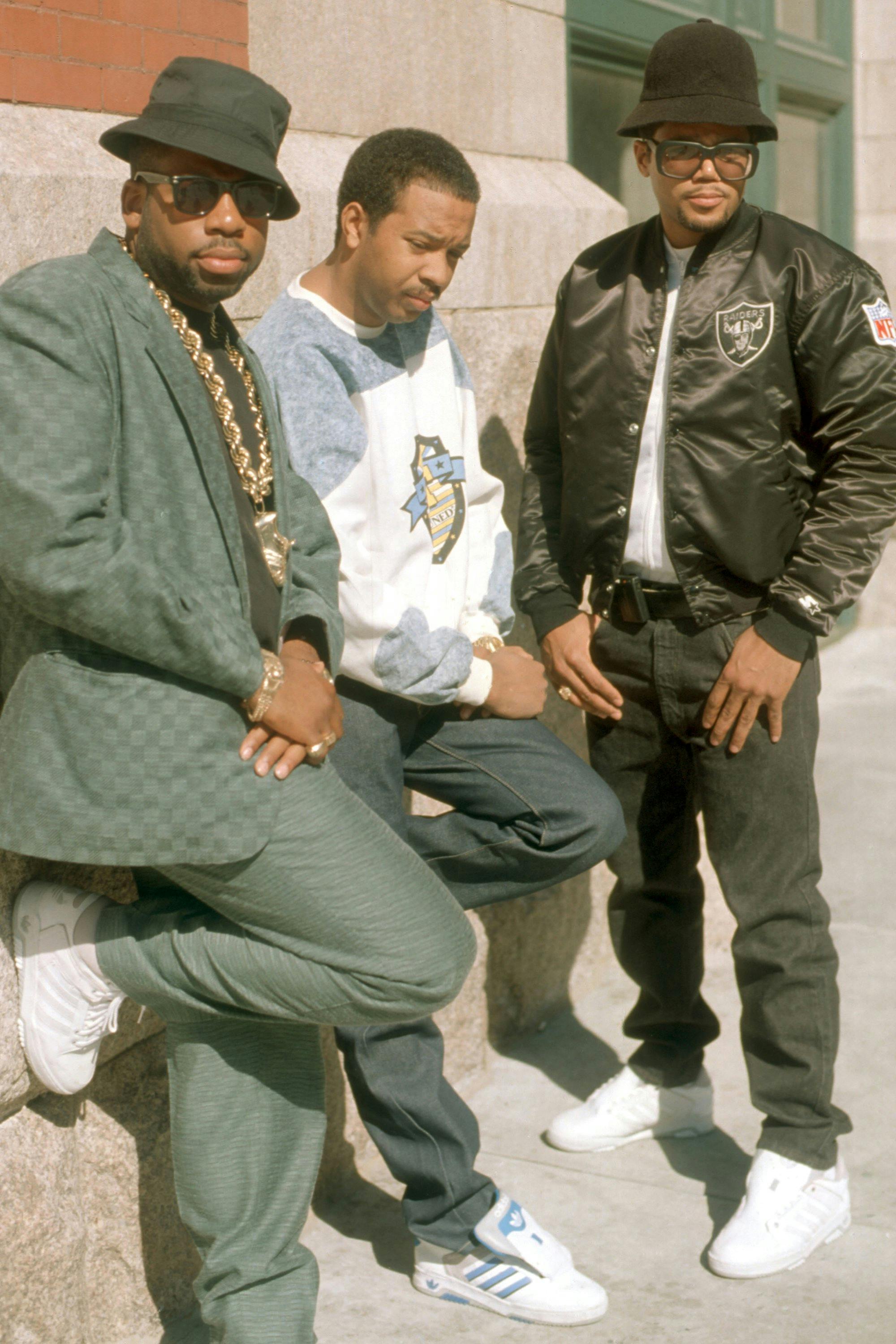
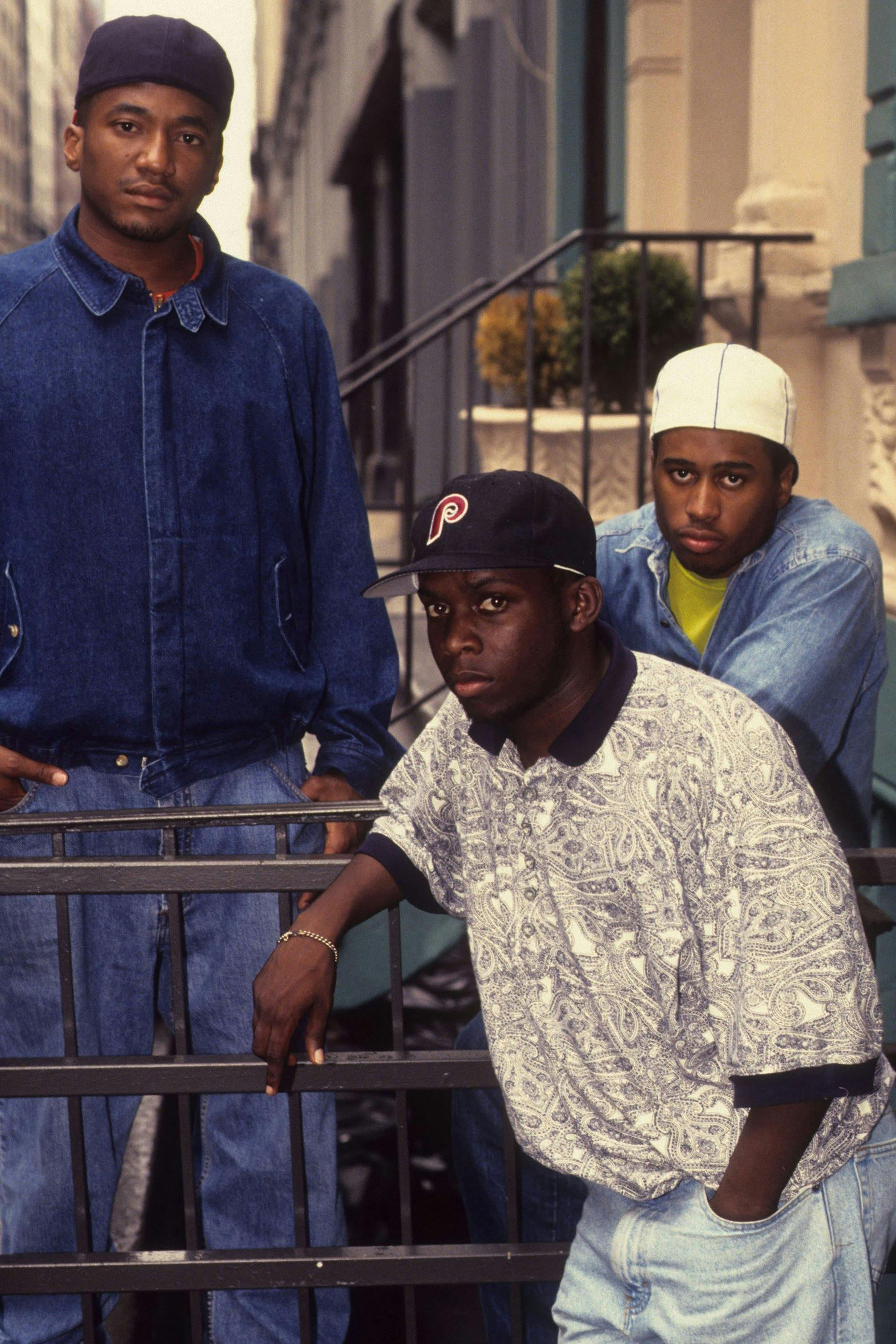
Run DMC 1985. / Photo by Michael Ochs Archives/Getty Images/ Photo by Al Pereira/Michael Ochs Archives/Getty Images
Darryl McDaniel of Run-D.M.C. says they bought their Pierre Cardin suits from Revel Knox on Jamaica Avenue in Queens. “This was before we even wore our first adidas suit,” says McDaniel. “Revel is where everyone went to get their clothes: British Walkers, Playboys, leather coats, blazers, fur, shirts, hats, pants, etc. They also had the fly designer two-piece track and sweat-style suits.” It’s where LL COOL J got his Kangol hats.
Busy Bee flea market on Main Street in Flushing was filled with booth vendors hawking gold chains, iron-on sweatshirts, tailors sewing permanent creases into your Lee jeans, and cartoon backdrops for photo ops with the crew.
Some remember Christopher “Play” Martin of Kid ’n Play’s short-lived store called IV Plai on Astoria Boulevard in East Elmhurst. It opened in 1992 and was known for its high-end Triple F.A.T. Goose jackets, customized in denim and leather. Martin was the first rapper with his own clothing line.
Harlem
Dapper Dan’s in Harlem — open 24-7 from 1982 to 1992 — pioneered high fashion in the Hip-Hop world. Owner Daniel Day still services celebs of the scene, but he started by selling designer-inspired clothing from the trunk of his car and often credits “hustlers and street people” for his success. Nocturnal shoppers just knocked on the roll-down gate of his original four-story storefront and Day’s red carpet rolled out. LL COOL J was one of the first rappers to rock Dan’s wear. “There were a lot of hustlers on the scene and he had people from Africa working for him,” LL recalls. “Sometimes you bang on the gate in the middle of the night, or like halfway up, you’d just go up yelling, ‘Yo, Dap! Yo, yo, yo.’ He’d come out of nowhere. We were paying in cash, giving him the money to get it done quick. It was a heck of a vibe, something like Brand Nubians’ ‘Slow Down’ playing in the background. We felt really safe there, in a dangerous world.”
The place is immortalized in many song lyrics, such as “Try to get paid copying a name brand/If I was Gucci, then you would be Dapper Dan” from Kool G Rap’s “Men at Work” and “I’m so dapper man, funky fresh Dapper Dan/I’m your favorite rapper, fan” from Tyler, the Creator’s “Odd Toddlers.” Day clothed notables like Floyd Mayweather Jr., JAY-Z, and Salt-N-Pepa, and it’s his blinged-out red jeep in LL COOL J’s “Big Ole Butt” video. An icon and a mentor in the community, Day now runs his Gucci atelier from 122nd Street and Lenox Avenue, in the building where American Gangster was filmed.
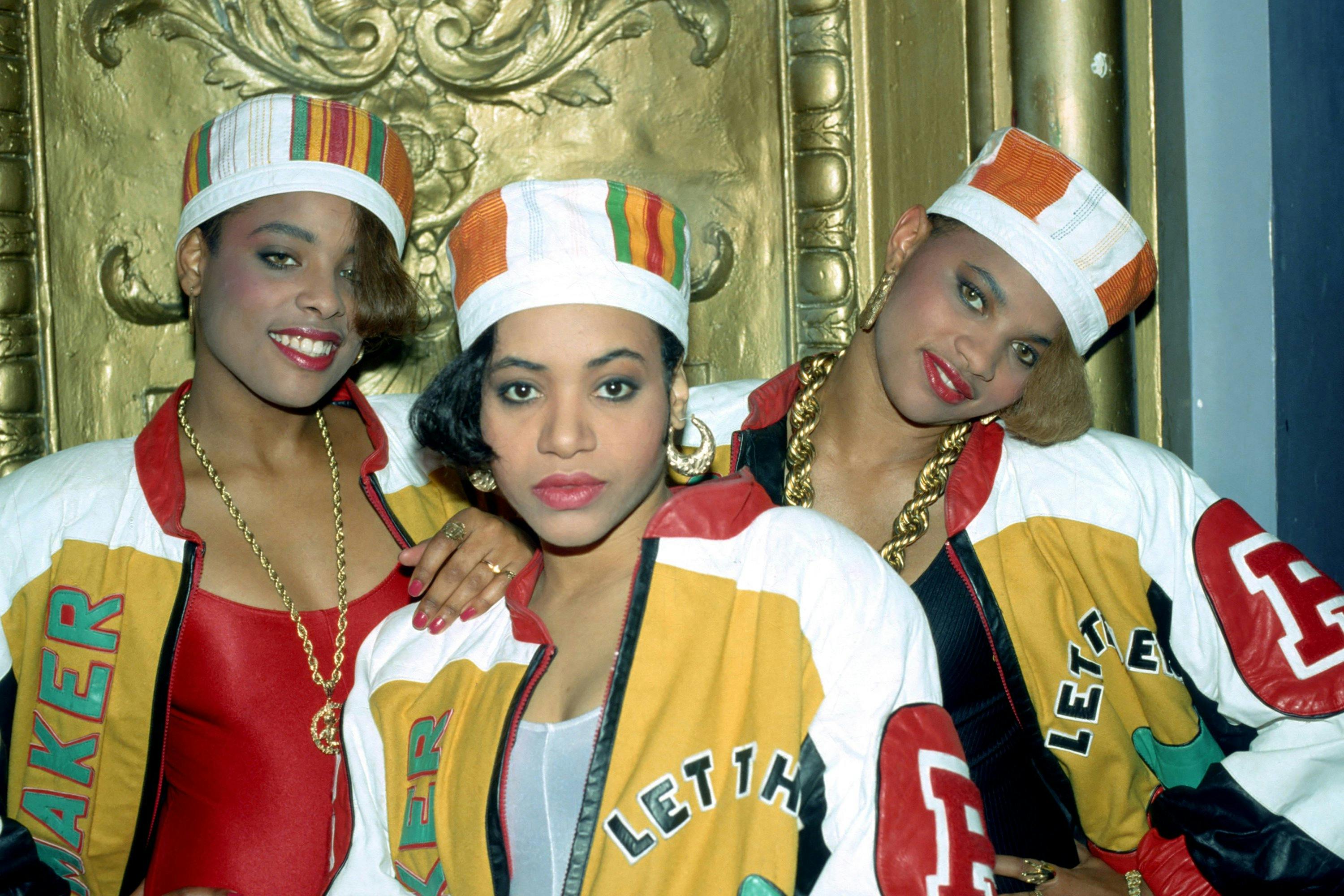
Salt-N-Pepa and DJ Spinderella in 1988. / Photo by Michael Ochs Archives/ Getty Images
Before the Malcolm Shabazz Harlem Market opened on 116th Street, there were tons of street vendors on 125th Street and Lenox Avenue selling fabric, beads, jewelry, and anything else you needed to make your look complete. Queens-based airbrush masters Shirt Kings eventually moved from the Jamaica Colosseum up to Harlem. “After we opened up another location on Long Island, I opened up a Shirt King shop on 125th, directly across from the Apollo Theater,” says Phade, one of the founders of the homegrown T-shirt line Run-D.M.C. and LL COOL J wore early on. Dapper Dan introduced himself and invited the Shirt Kings to work out of a back room in his store. “He had an array of customers from Chicago, Detroit, Cleveland, people were driving from all over the states and flying in from overseas to come see him,” says Phade.
Bronx
Those in the know got their Nike AF1s at the famed South Bronx store known as “Jew Man’s.” Much has been written about the legendary sneaker spot, and Complex listed it as one of the 50 Best Sneaker Stores of All Time.
Dr. Jay’s started in the South Bronx in 1975 and later expanded across the city. The bright red sign is still a beacon for anyone looking for kids and adult clothing made by companies like Baby Phat, G-Unit, and L.A.M.B.
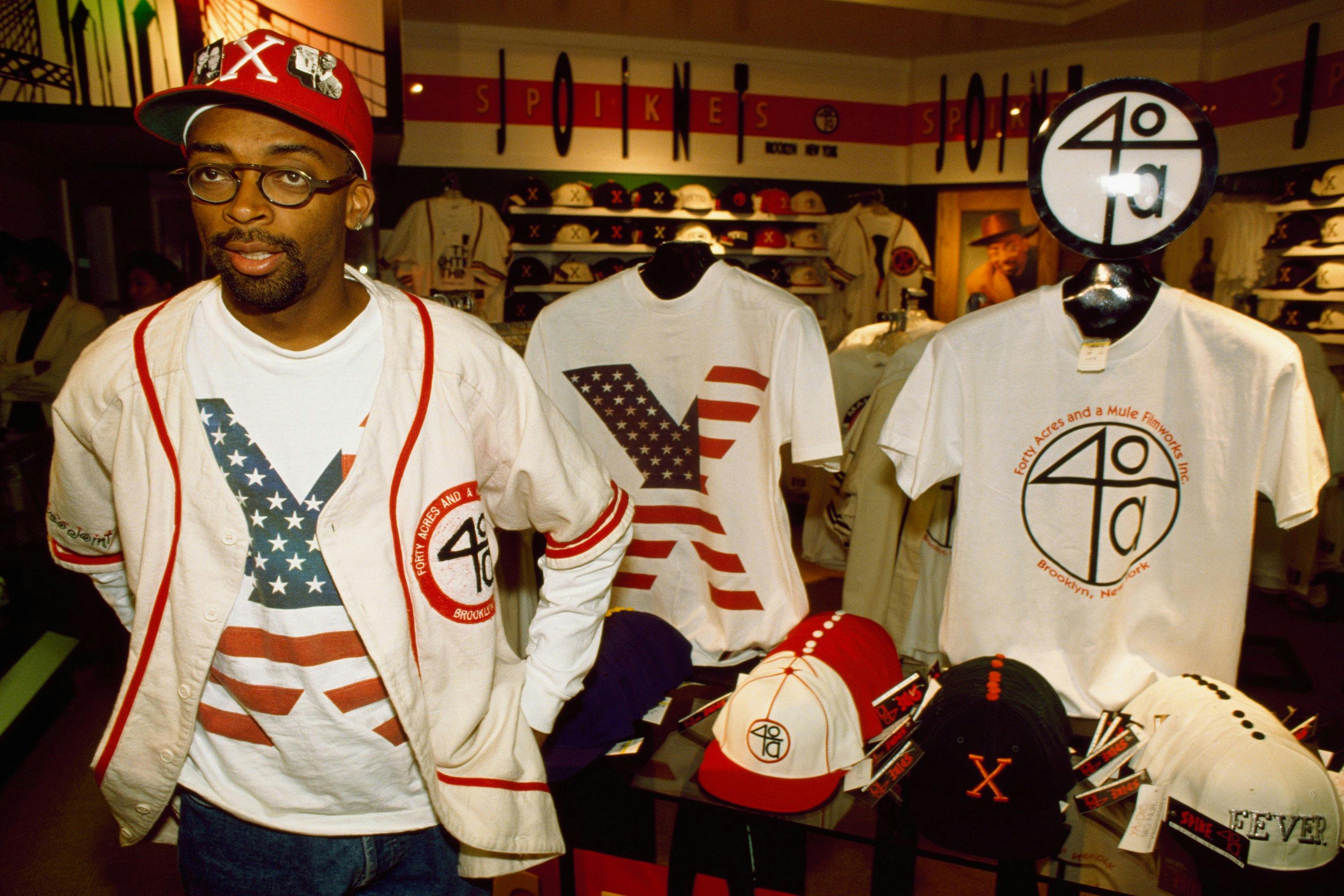
Photo by John van Hasselt/Sygma via Getty Images
Brooklyn
Fulton Mall, off the pedestrian street in downtown Brooklyn, was a hot spot for bucket hats and sheepskin coats. Gibbs, inside Albee Square Mall, was the place for Bally sneakers.
Matty Rich, director of Straight Out of Brooklyn, owned a clothing store called Matty Rich’s Red Hook in Park Slope, selling what The New York Times called in ’91 “trendy sports clothing” à la Spike Lee and other artists and directors wanting to infuse life back into their old neighborhoods. A couple of years earlier, Time magazine had called Red Hook “the crack capital of America.”
Spike’s Joint, a similar clothing venture launched by writer-director-actor Spike Lee, opened to much fanfare in 1990 in a brownstone on the corner of DeKalb Avenue in Fort Greene. Hot on the heels of his Do the Right Thing release and selling preproduction merch for his Malcolm X movie, the Joint stood as a symbol of black economic development, selling pricey movie memorabilia, letterman-style jackets, caps, and baseball jerseys. After franchising into other cities, the store closed its doors in ’97 but the entrepreneurial spirit lives on at 40acres.com.
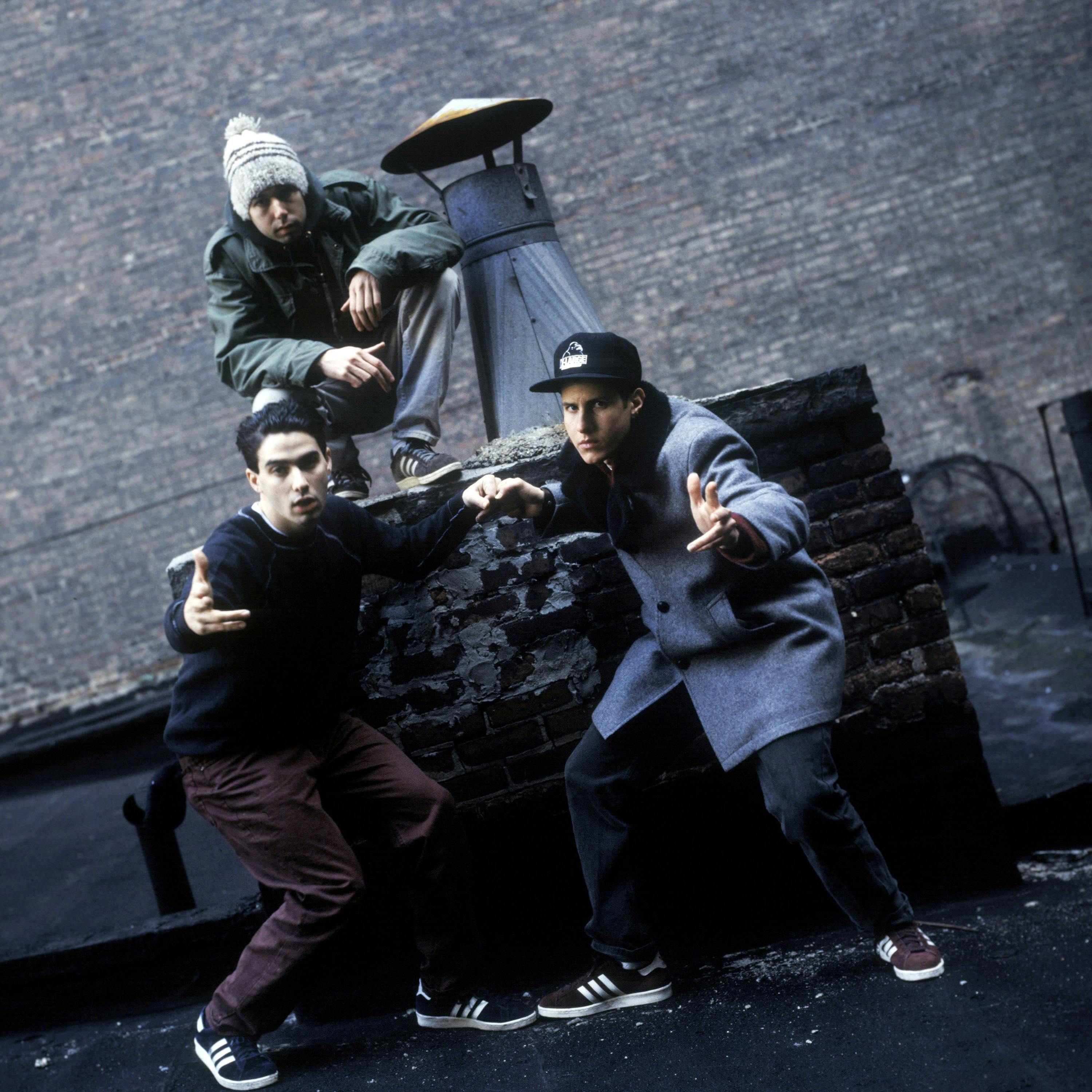
Photo by Larry Busacca/WireImage
The Village
SoHo’s Canal Jean Co. offered a mix of vintage and new bomber jackets, down coats, and Timbs. And where else, besides the length of Houston Street, could you find gabardine slacks, sheepskin coats, and leather jackets all in one place? For In Living Color Fly Girl wannabes on a budget, Canal Jean’s sales could hook your look up. The multilevel store with a bumpin’ club atmosphere set the blueprint for places like Urban Outfitters, the Philadelphia-based store that would invade New York by the early 2000s.
Open-air market Lord of the Fleas on Broadway was the place to go downtown for Black Pride gear like African medallions, Malcolm X T-shirts, beads like De La Soul’s, and bootleg designer bags and scarves. West African vendors were once plentiful on Houston off of Broadway, too, in front of the only African dance spot in Lower Manhattan at the time — Lezly Dance and Skate School.
555 Soul (aka Triple 5 Soul) started as a Lower East Side storefront on Ludlow Street, known for its thick hoodies sported by rappers of the late ’80s and early ’90s. Ownership has since changed hands a few times but its vintage jackets and jeans are still popular on Poshmark, Etsy, and eBay.
X-Large opened in Los Angeles in 1991 by two Rhode Island School of Design graduates, but by the time the Lafayette Street boutique opened in ’93, word on the street was that Mike D of the Beastie Boys was a silent investor. The giant XL on the tiny brick storefront meant you were in the right place to buy their original line of gorilla-branded hoodies and tees, Ben Davis button-ups, deadstock Pumas and adidas, and ensembles called action suits. Sonic Youth’s Kim Gordon opened sister store X-Girl soon after. Both brands later fizzled but made comebacks online.
Up North
Yonkers and White Plains had mall stores like Le Château and Rave catering to late ’80s and early ’90s club trends. Rave employees were Aqua Net-sprayed Hip-Hop honeys selling neon tights and stylish overalls while Le Château was helmed by goths slinging Cross Colours, EG Smith scrunch socks, and Skidz pajama-like drawstring pants.
* Banner Image: Adidas Superstar shoes at a Run-DMC’s concert 1986. / Photo by David Corio/Michael Ochs Archives/Getty Images



